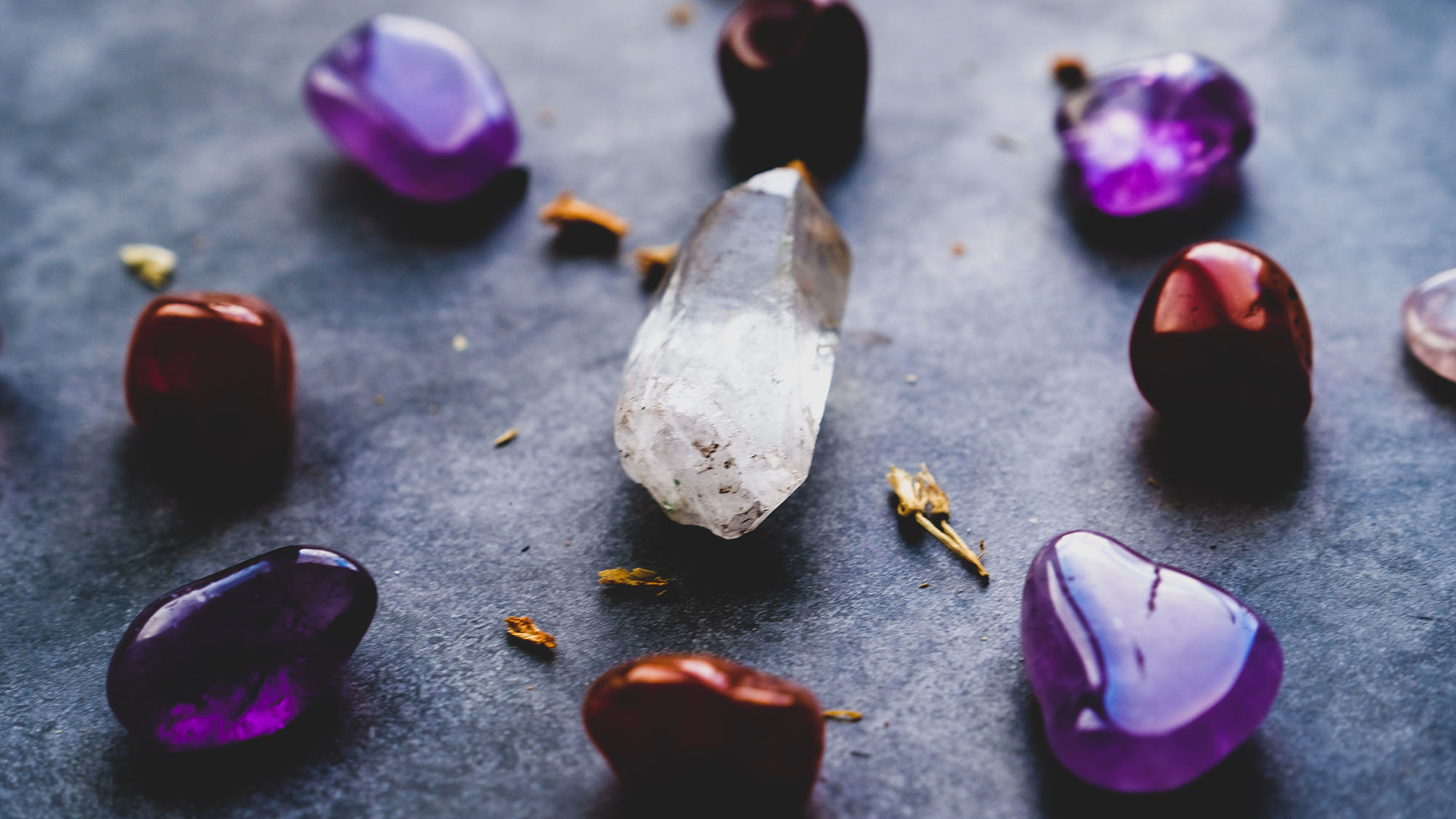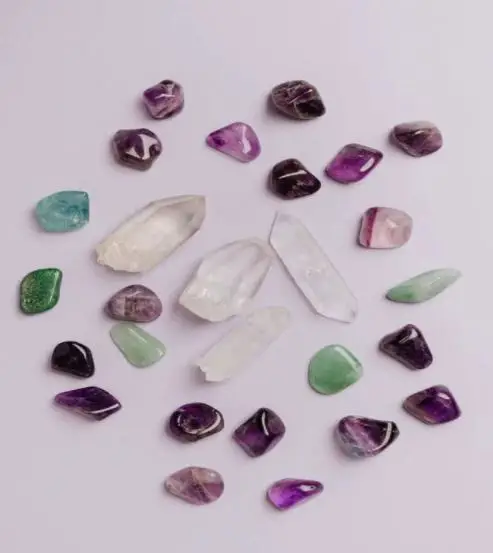When we think about building family closeness, it’s important to understand that there are many different ways of doing so. No two families will have the same idea of what close family relationships look like. This article discusses seven ways to build family closeness and create a stronger sense of togetherness in your home.

Spend Time Together
One of the best ways to build family closeness is by spending quality time with each other. This might seem like a no-brainer, but it’s easy for us as adults to get caught up in our own lives and forget about what matters most; strengthening ties within our families. Make sure that you are always available for your kids and that you are willing to listen when they need someone to talk to. A simple movie night in your matching pajamas from https://www.lazyone.com/matching-pjs or a day out on the town can be enough to bring you closer together. This simple family activity is an easy way for everyone in your home to enjoy life while strengthening their bonds with each other.
While this might seem like the obvious choice, it’s also one of the easiest ways for us as adults to forget about our responsibilities in building family closeness. Make sure that your children know where you stand on prioritizing their needs over anything else by communicating with them and letting them know that you love them more than anything else in the world.
Acknowledge Your Children
When you are with the family, put away your phone and other distractions. When someone is speaking to you, acknowledge them by looking at them when they talk. If it’s a child who wants the attention of any kind; look directly into their eyes while listening to what they have to say. Showing this type of respect will not only make them feel important, but it will also help you to be a better listener which is crucial in strengthening family ties.
Set A Good Example
This might seem like an obvious tip, but it’s often forgotten. We all know how frustrating it can be when we feel like our children aren’t listening to us and yet they don’t appear interested in what we have to say at other times either. This happens because kids learn by watching the adults around them. If you want your kids to be more open with their feelings, then you need to show them how it’s done. Be willing to talk about your emotions and let them see that it is okay for adults to sometimes struggle with the same problems they do.
Spend Time Together Outdoors
Spending time with your kids outside of the home is a great way to build family closeness. When you are outside, there is no TV or other distractions to keep the kids’ attention. Instead, they will be able to focus on what is happening in front of them and connect while playing together. If possible try going for hikes or walks where everyone can enjoy nature’s beauty.
Try taking them camping, fishing, or hiking to enjoy some outdoor activities that will help you connect on an emotional level while enjoying nature at its finest. It doesn’t matter what form this activity takes; it only matters that you are doing something that you all enjoy.
Play Games Together
Another great way to build family closeness is by taking the time to play board or card games with your children. You can do this while you are camping, hiking, at a friend’s home during a party, or even in your living room when it’s raining outside. The important thing about playing these types of games with your kids is that it allows you to bond with them while enjoying quality time doing something fun together.
Take the time to make these activities a priority in your life and both you and your family will reap all of the benefits! Try having regular board game nights where everyone can enjoy playing games like Monopoly, Clue, or Pictionary.
Show Them That You Care
Making sure to show your children how much they mean to you is an essential part of building family closeness. Showing your kids that they are important will not only make them feel good about themselves but will also help everyone in the home become closer and more open with each other. You can do this by simply saying “I love you” when they leave the house in the morning or by giving them a hug and kiss before bedtime.
Let Them Know That You Are There For Them
Open up to your kids about how they can come to you when they need help or someone to talk with. If one of your children is having problems at school, let him or her know that it’s okay if he/she comes home upset and wants to talk about it. This will show the kids that they can trust you and come to you when things get tough. In addition, letting them know that it’s okay for them to talk about their feelings will help the whole family become more emotionally open with each other which in turn helps everyone feel closer!

When we bring our kids into the world, we want nothing but happiness and love for them. However, sometimes during our busy lives, it’s easy to forget that their happiness is one of our biggest priorities. By building family closeness and taking time out for each other, you can make sure all your loved ones feel valued no matter what!
















